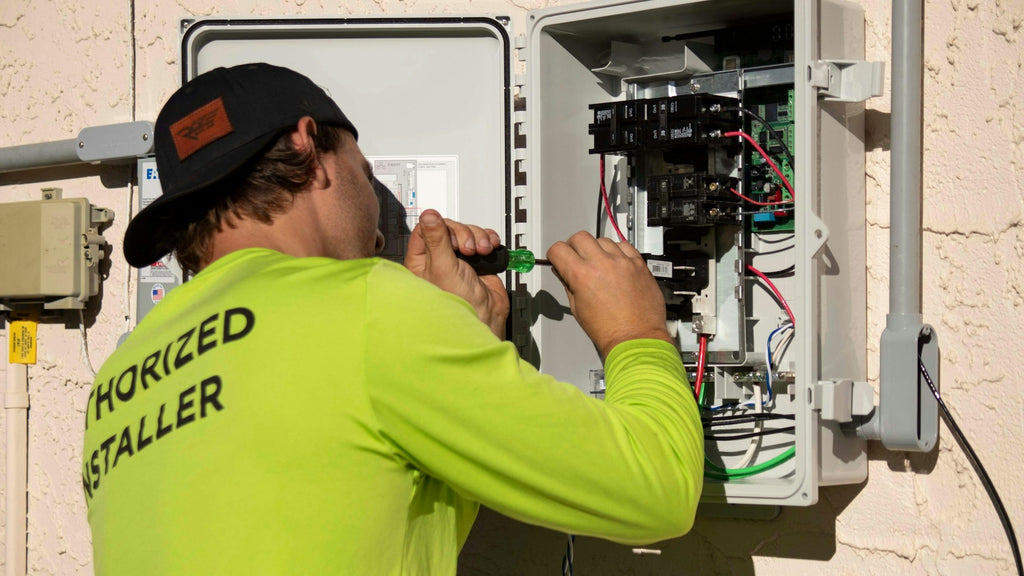When it comes to solar energy systems, the inverter plays a crucial role in converting the DC power generated by solar panels into usable AC power for your home or business. However, like any electronic device, solar inverters can encounter issues that may affect their performance. In this article, we will explore the top 8 solar inverter problems and provide easy solutions to resolve them.

1. The Top 8 Solar Inverter Problems and How to Resolve Them
1.1. Overheating
One common issue that solar inverters face is overheating, which can be caused by poor ventilation or excessive sunlight exposure. To resolve this problem, ensure that your inverter is installed in a well-ventilated area and shielded from direct sunlight. You can also consider installing a cooling fan or heat sink to help dissipate heat more effectively.
1.2. Voltage Fluctuations
Another common problem with solar inverters is voltage fluctuations, which can lead to unstable power output. To address this issue, check the connections between the solar panels, inverter, and electrical grid to ensure they are secure. You can also install a voltage regulator or stabilizer to help maintain a consistent power supply.
1.3. Communication Errors
Solar inverters rely on communication signals to monitor and control the flow of electricity. Communication errors can occur due to issues with the wiring, software glitches, or compatibility issues with other devices. To troubleshoot this problem, check the communication cables and settings on your inverter. You may need to reset the communication settings or update the firmware to resolve the issue.
1.4. Ground Faults
Ground faults can occur when there is a fault in the electrical system that causes current to flow through unintended paths. This can lead to safety hazards and damage to the inverter. To address ground faults, inspect the wiring and connections in your solar energy system to identify any potential issues. You may need to replace damaged cables or install a ground fault detector to prevent future incidents.
By addressing these common solar inverter problems proactively, you can ensure that your solar energy system operates efficiently and effectively. Remember to consult with a professional technician if you encounter any issues that require expert assistance. With proper maintenance and troubleshooting, you can enjoy the benefits of clean, renewable energy for years to come.








